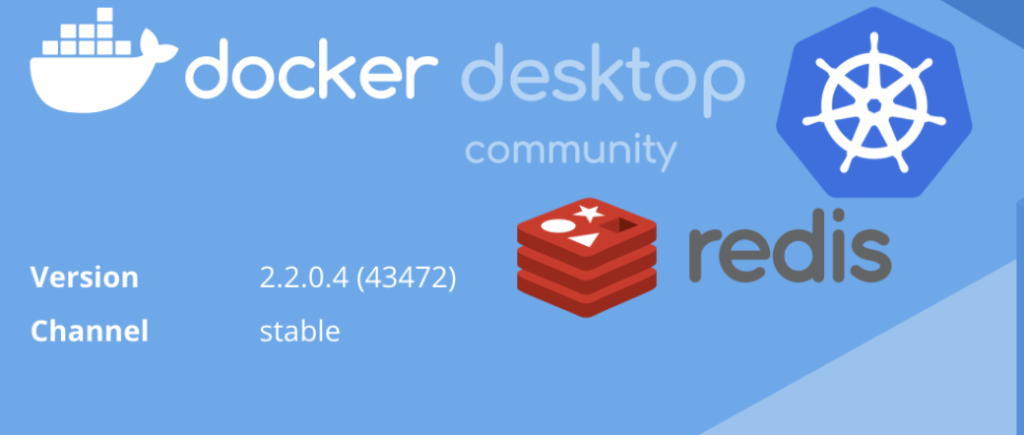

What container runtime to use?Īvailable options - docker, containerd and cri-o. We will use the Hyperkit driver for Mac (AMD64) and Podman driver for M1 (See end of this post). In other words, do we deploy Kubernetes in VM, Containers or directly bare-metal? There are various options that can be found here depending on the OS. brew install minikubeīefore we get cracking with a Kubernetes cluster, here are some useful things to know: What driver to use? With the Hyperkit deployed, we are ready to deploy the Kubernetes cluster and in the process get a Docker daemon as well. Is the docker daemon running? Install Kubectl brew install kubectl ❯ docker info Client: Context: default Debug Mode: false Server: ERROR: Cannot connect to the Docker daemon at unix:///var/run/docker.sock. This will install the Docker CLI but not the Docker daemon ( dockerd). This will install Docker Desktop and we will be back to where we started! Note: Do not run brew install -cask docker. Docker is still a helpful, open source Container Management tool and if you have a bunch of Dockerfiles to deal with, Docker CLI can be useful. We want to get rid of Docker Desktop but not Docker itself. ❯ hyperkit -v hyperkit: 0.20200908 Homepage: License: BSD Install Docker CLI Hyperkit is still a viable choice for local Kubernetes clusters on Mac. If you didn’t use Homebrew, then uninstall the tool accordingly.

This will get rid of not just Docker but also Hyperkit, Docker daemon which allows building images, Docker CLI to interact with the daemon, Kubernetes clusters and kubectl binary (unless you have it deployed separately). Let’s start with removing Docker Desktop first.

If you have tried this on Linux, let me know how it went.Īre you on Apple M1 Silicon (ARM64)? Jump to the end of the post for M1 specific instructions. With the “in-your-face” popup to force upgrade Docker and the software license change, it was time to look elsewhere for local Kubernetes development needs. Even though it eats CPU and memory like crazy and makes the fans go wild. I have been using Docker Desktop to enable Docker and Kubernetes in Mac for quite some time now.


 0 kommentar(er)
0 kommentar(er)
